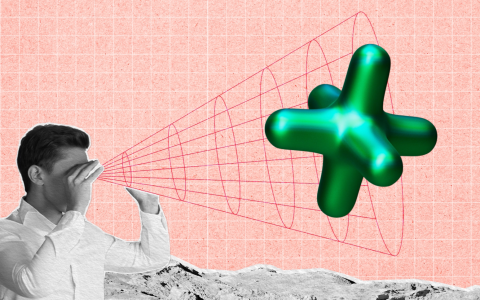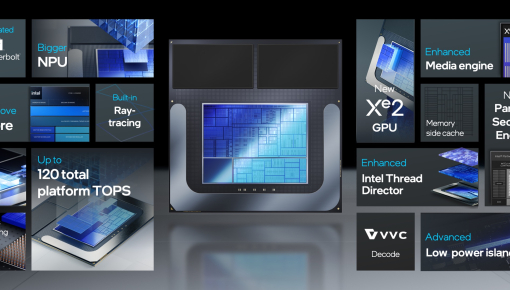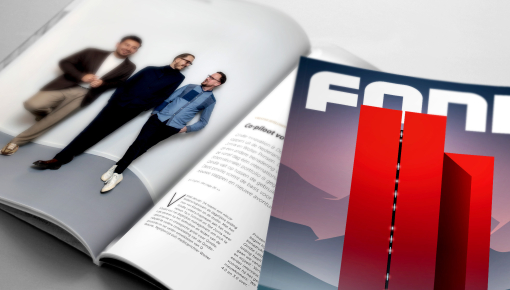
Vision to Reality
What is your role as a Senior Industrial Designer?
In my three years at Qindle, I’ve been immersed in designing product and “Concept Car” design projects, making business, design, and technology meet. I love our “Make it Real” ethos – as a strategic agency as we always strive for tangible outcomes.
How does designing Concept Cars differ from classic industrial design projects?
While Concept Car design requires similar skills and tools to industrial design projects, the creative process is notably different. Instead of following established standards which are set by a market, we craft fresh concepts that explore new behaviours and new use-case scenarios. The designers tasked with defining the new direction need to rely on the strategic vision, the brand goals, and anticipated customer demands, which can be quite a challenge as you need to interpret them as part of the design process. It’s a journey of discovery, not only for me as a designer, but also for the client as they see their vision become reality. We’re making it real in front of their eyes.
What characterizes the process of creating Concept Cars?
In many of our Concept Cars projects, we work closely with our clients to define and explore their strategic challenges. We establish where their brand is and what they want to achieve. Based on that, we define strategic scenarios for our design direction. Our aim is to stretch the boundaries and
think outside of the box of the business, the technology, and the brand. The design process itself is all about exploring the new possibilities through iterations and trial-and-error, not only at the engineering stage, but also at the early stage of concept development. Always aiming at solving the unknowns by making it tangible.
The tangibility of the Concept Car is crucial, so we put extra time and effort in our partners to push beyond their comfort zones when ‘building’ the Concept Cars; getting them to explore the outer limits of their preconceived ideas. This entails meticulous attention to technological innovation and design, striving for perfection in every detail. Only by pushing the boundaries of familiarity can we unlock the full potential of the concept car, crafting an embodiment that transcends conventional expectations.
“It’s not just about creating functional products to release on the market; it’s about influencing entire organizations and catalysing change in their approach to designing and executing future products. The real reward, for me, is witnessing this impact unfold.”
What are some challenges you’ve had with creating Concept Cars?
When I joined Qindle as an experienced Industrial Designer, the process felt familiar, and it was a dream come true to design disruptive products with limited restrictions. However, I soon realized that most of my work would not directly reach customers, and I wouldn’t be able to point out my designs on a store shelf. Despite this initial set back, I came to appreciate the true impact of our Concept Car design approach. It’s not just about creating functional products to release on the market; it’s about influencing entire organizations and catalysing change in their approach to designing and executing future products. The real reward, for me, is witnessing this impact unfold.
This is article 2 of a 3-part series focused on Concept Cars.
Click here to read the first one!



